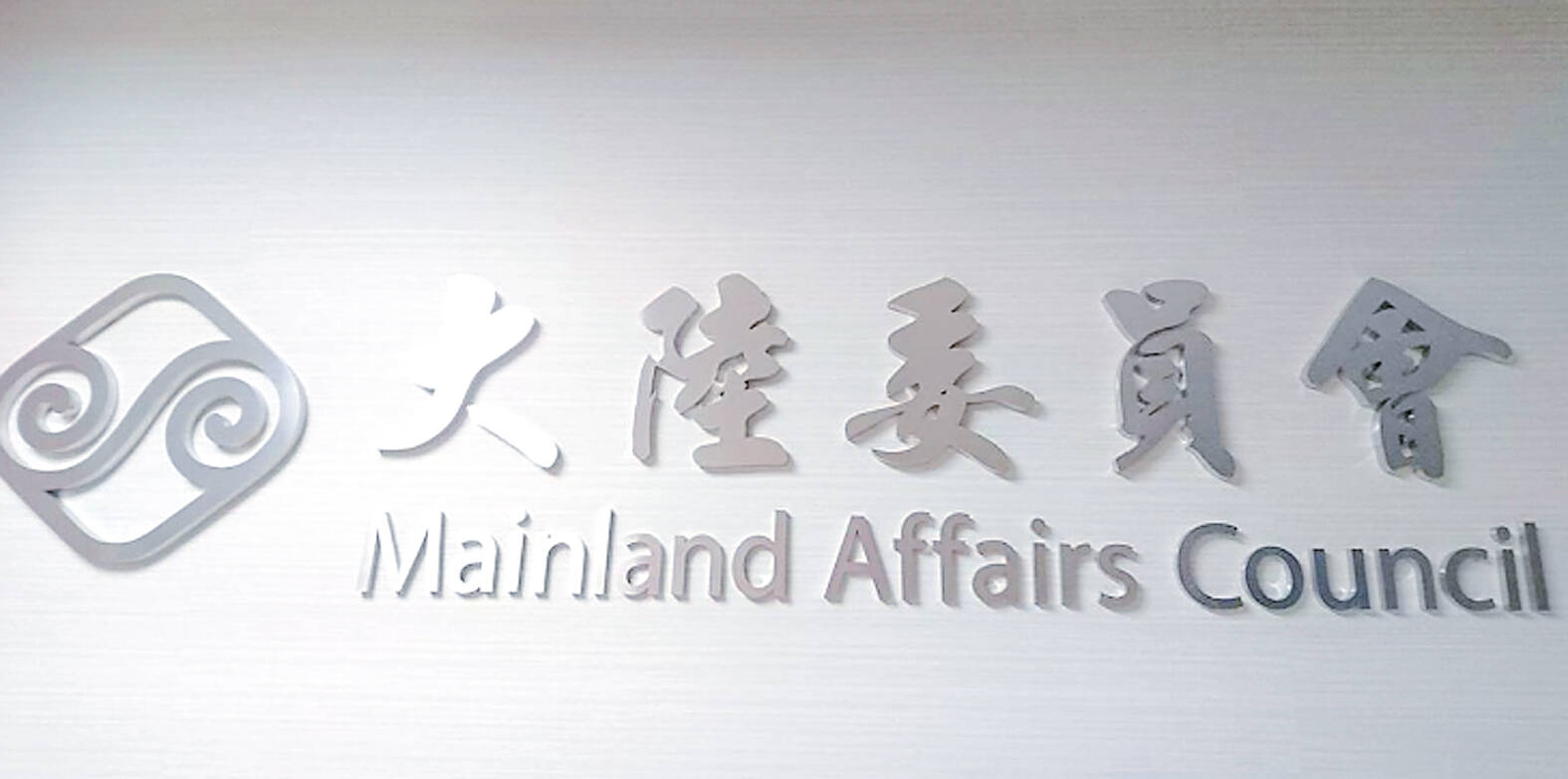Most businesspeople and experts do not see a need to revive plans for a controversial cross-strait service trade agreement with China, Mainland Affairs Council spokesman Jan Jyh-horng (詹志宏) said on Thursday.
Debate on the issue reignited following news reports that a draft policy white paper by Taiwan People’s Party Chairman Ko Wen-je (柯文哲), the party’s presidential candidate, had advocated restarting negotiations with Beijing on the pact.
The agreement, which was originally signed by China and the then-Chinese Nationalist Party (KMT) government in 2013, aimed to liberalize trade and investment rules between the two economies in service industries, including finance, tourism, healthcare, telecoms and publishing.

Photo: Chung Li-hua, Taipei Times
The KMT’s attempt to hastily ratify the pact in the legislature set off the student-led Sunflower movement in 2014, which ultimately led to the agreement being shelved.
The administration of then-president Ma Ying-jeou’s (馬英九) bid to integrate the Taiwanese economy with China played into Beijing’s strategy of locking Taiwan into its orbit, Jan said, adding that the project has lost all relevance due to the significant changes that have taken place in the decade following its inception.
The vast majority of entrepreneurs and academics do not see a need for reviving the agreement, he said.
Taiwan has always been willing to talk about trade with China, but the problem is Beijing has steadfastly refused to utilize the existing mechanisms for dialogue to pressure the nation into making concessions that comprise sovereignty, he added.
Separately, Democratic Progressive Party caucus whip Ker Chien-ming (柯建銘) said that speaking of restarting the agreement amid rising tensions in the Taiwan Strait and international economic and political crises is “tantamount to ... opening the gates to the enemy.”
In response to the news reports, Ko last week said that he had not yet formally proposed renegotiating the agreement.
He said that while he had always opposed the KMT’s “black box” tactics to force the pact through the legislature, he was not opposed to the agreement itself, as long as it was reviewed via democratic means.
Additional reporting by Kan Meng-lin

Taiwanese scientists have engineered plants that can capture about 50 percent more carbon dioxide and produce more than twice as many seeds as unmodified plants, a breakthrough they hope could one day help mitigate global warming and grow more food staples such as rice. If applied to major food crops, the new system could cut carbon emissions and raise yields “without additional equipment or labor costs,” Academia Sinica researcher and lead author the study Lu Kuan-jen (呂冠箴) said. Academia Sinica president James Liao (廖俊智) said that as humans emit 9.6 billion tonnes of carbon dioxide compared with the 220 billion tonnes absorbed

The Taipei Mass Rapid Transit (MRT) Wanda-Zhonghe Line is 81.7 percent complete, with public opening targeted for the end of 2027, New Taipei City Mayor Hou You-yi (侯友宜) said today. Surrounding roads are to be open to the public by the end of next year, Hou said during an inspection of construction progress. The 9.5km line, featuring nine underground stations and one depot, is expected to connect Chiang Kai-shek Memorial Hall Station to Chukuang Station in New Taipei City’s Jhonghe District (中和). All 18 tunnels for the line are complete, while the main structures of the stations and depot are mostly finished, he

Taipei is to implement widespread road closures around Taipei 101 on Friday to make way for large crowds during the Double Ten National Day celebration, the Taipei Department of Transportation said. A four-minute fireworks display is to be launched from the skyscraper, along with a performance by 500 drones flying in formation above the nearby Nanshan A21 site, starting at 10pm. Vehicle restrictions would occur in phases, they said. From 5pm to 9pm, inner lanes of Songshou Road between Taipei City Hall and Taipei 101 are to be closed, with only the outer lanes remaining open. Between 9pm and 9:40pm, the section is

China’s plan to deploy a new hypersonic ballistic missile at a Chinese People’s Liberation Army Rocket Force (PLARF) base near Taiwan likely targets US airbases and ships in the western Pacific, but it would also present new threats to Taiwan, defense experts said. The New York Times — citing a US Department of Defense report from last year on China’s military power — on Monday reported in an article titled “The missiles threatening Taiwan” that China has stockpiled 3,500 missiles, 1.5 times more than four years earlier. Although it is unclear how many of those missiles were targeting Taiwan, the newspaper reported